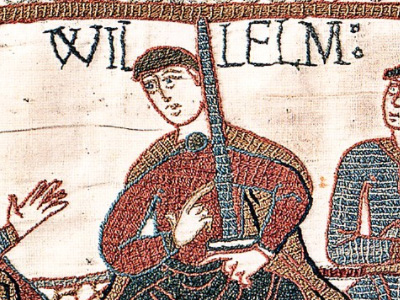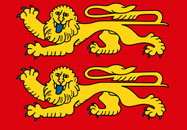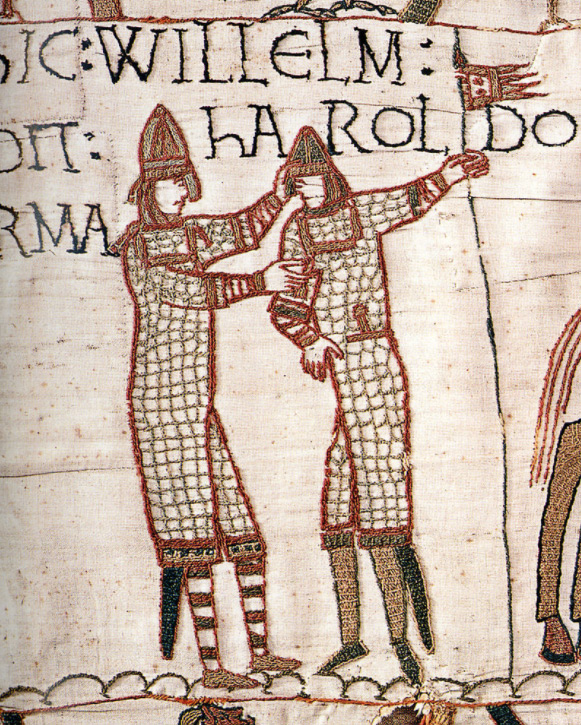William the Conqueror (1028-1087)
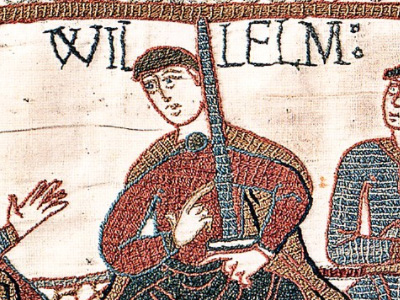
Death and Aftermath
William left England towards the end of 1086. Following his arrival back on the continent he married his daughter Constance to Alan Fergant, the Duke of Brittany, in furtherance of his policy of seeking allies against the French kings. William's son Robert, still allied with the French The Kingdom of France is the historiographical name or umbrella term given to various political entities of France in the medieval and early modern period. It was one of the most powerful states in Europe since the High Middle Ages. It was also an early colonial power, with possessions around the world. Colonial conflicts with Great Britain led to the loss of much of its North American holdings by 1763. The Kingdom of France adopted a written constitution in 1791, but the Kingdom was abolished a year later and replaced with the First French Republic. king Philip I, appears to have been active in stirring up trouble, enough so that William led an expedition against the French Vexin in July 1087. While seizing Mantes, William either fell ill or was injured by the pommel of his saddle. He was taken to the priory of Saint Gervase at Rouen, where he died on 9 September 1087. Knowledge of the events preceding his death is confused because there are two different accounts. Orderic Vitalis preserves a lengthy account, complete with speeches made by many of the principals, but this is likely more of an account of how a king should die than of what actually happened. The other, the De Obitu Willelmi, or On the Death of William, has been shown to be a copy of two 9th-century accounts with names changed.
The Kingdom of France is the historiographical name or umbrella term given to various political entities of France in the medieval and early modern period. It was one of the most powerful states in Europe since the High Middle Ages. It was also an early colonial power, with possessions around the world. Colonial conflicts with Great Britain led to the loss of much of its North American holdings by 1763. The Kingdom of France adopted a written constitution in 1791, but the Kingdom was abolished a year later and replaced with the First French Republic. king Philip I, appears to have been active in stirring up trouble, enough so that William led an expedition against the French Vexin in July 1087. While seizing Mantes, William either fell ill or was injured by the pommel of his saddle. He was taken to the priory of Saint Gervase at Rouen, where he died on 9 September 1087. Knowledge of the events preceding his death is confused because there are two different accounts. Orderic Vitalis preserves a lengthy account, complete with speeches made by many of the principals, but this is likely more of an account of how a king should die than of what actually happened. The other, the De Obitu Willelmi, or On the Death of William, has been shown to be a copy of two 9th-century accounts with names changed.
William left Normandy to Robert, and the custody of England The Kingdom of England was a sovereign state on the island of Great Britain from about 927, when it emerged from various Anglo-Saxon kingdoms, until 1 May 1707, when it united with Scotland to form the Kingdom of Great Britain. The Viking invasions of the 9th century upset the balance of power between the English kingdoms, and native Anglo-Saxon life in general. The English lands were unified in the 10th century in a reconquest completed by King Æthelstan in 927. was given to William's second surviving son, also called William, on the assumption that he would become king. The youngest son, Henry, received money. After entrusting England to his second son, the elder William sent the younger William back to England on 7 or 8 September, bearing a letter to Lanfranc ordering the archbishop to aid the new king. Other bequests included gifts to the Church and money to be distributed to the poor. William also ordered that all of his prisoners be released, including his half-brother Odo.
The Kingdom of England was a sovereign state on the island of Great Britain from about 927, when it emerged from various Anglo-Saxon kingdoms, until 1 May 1707, when it united with Scotland to form the Kingdom of Great Britain. The Viking invasions of the 9th century upset the balance of power between the English kingdoms, and native Anglo-Saxon life in general. The English lands were unified in the 10th century in a reconquest completed by King Æthelstan in 927. was given to William's second surviving son, also called William, on the assumption that he would become king. The youngest son, Henry, received money. After entrusting England to his second son, the elder William sent the younger William back to England on 7 or 8 September, bearing a letter to Lanfranc ordering the archbishop to aid the new king. Other bequests included gifts to the Church and money to be distributed to the poor. William also ordered that all of his prisoners be released, including his half-brother Odo.
Disorder followed William's death; everyone who had been at his deathbed left the body at Rouen and hurried off to attend to their own affairs. Eventually, the clergy of Rouen arranged to have the body sent to Caen, where William had desired to be buried in his foundation of the Abbaye-aux-Hommes. The funeral, attended by the bishops and abbots of Normandy as well as his son Henry, was disturbed by the assertion of a citizen of Caen who alleged that his family had been illegally despoiled of the land on which the church was built. After hurried consultations the allegation was shown to be true, and the man was compensated. A further indignity occurred when the corpse was lowered into the tomb. The corpse was too large for the space, and when attendants forced the body into the tomb it burst, spreading a disgusting odour throughout the church.
William's grave is currently marked by a marble slab with a Latin inscription dating from the early 19th century. The tomb has been disturbed several times since 1087, the first time in 1522 when the grave was opened on orders from the papacy. The intact body was restored to the tomb at that time, but in 1562, during the French Wars of Religion, the grave was reopened and the bones scattered and lost, with the exception of one thigh bone. This lone relic was reburied in 1642 with a new marker, which was replaced 100 years later with a more elaborate monument. This tomb was again destroyed during the French Revolution, but was eventually replaced with the current marker.
HISTORY
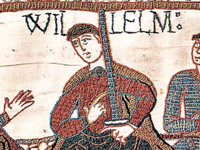
RESOURCES
This article uses material from the Wikipedia article "William the Conqueror (1028-1087)", which is released under the Creative Commons Attribution-Share-Alike License 3.0.
© Stories Preschool. All Rights Reserved.
